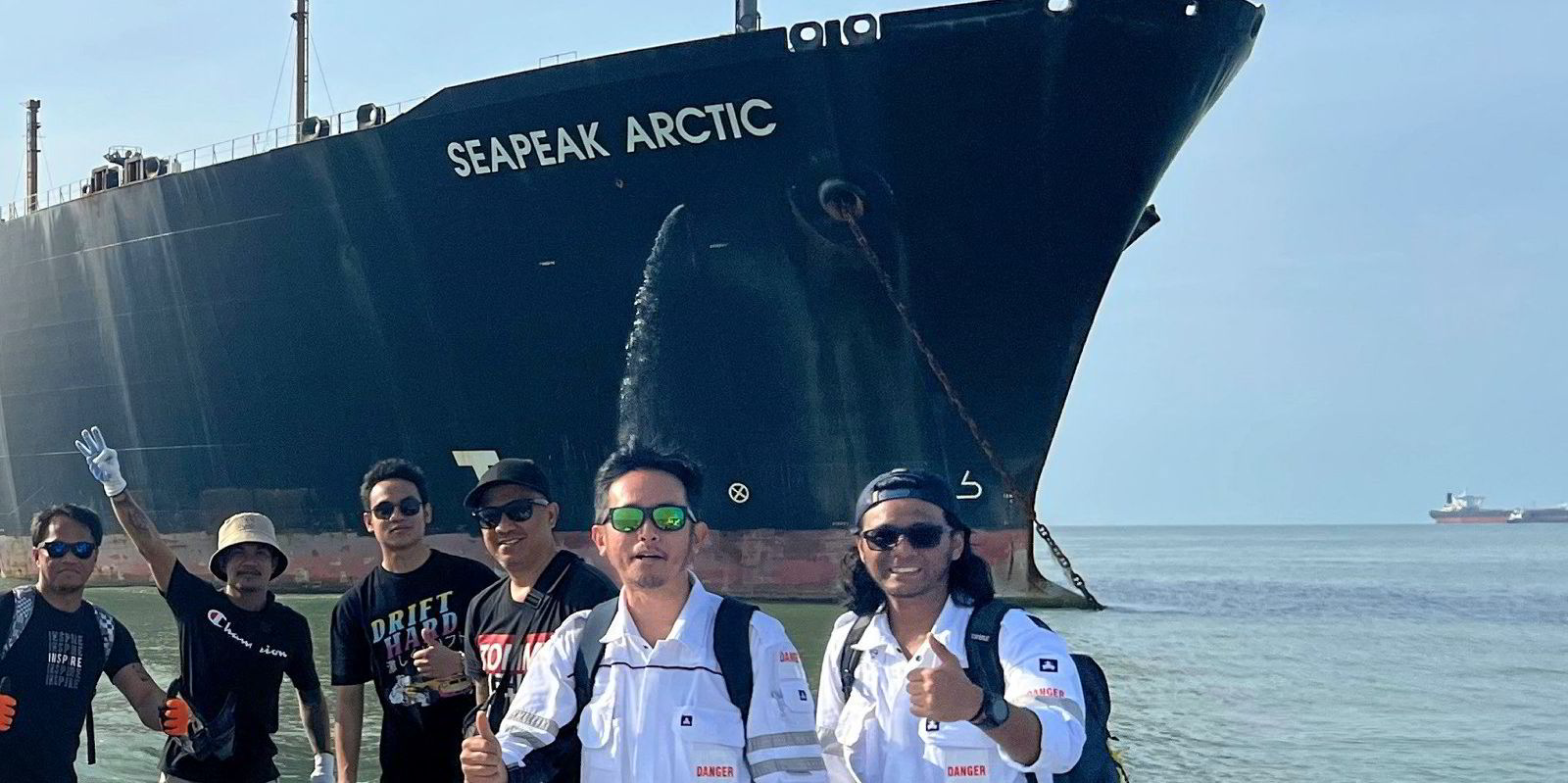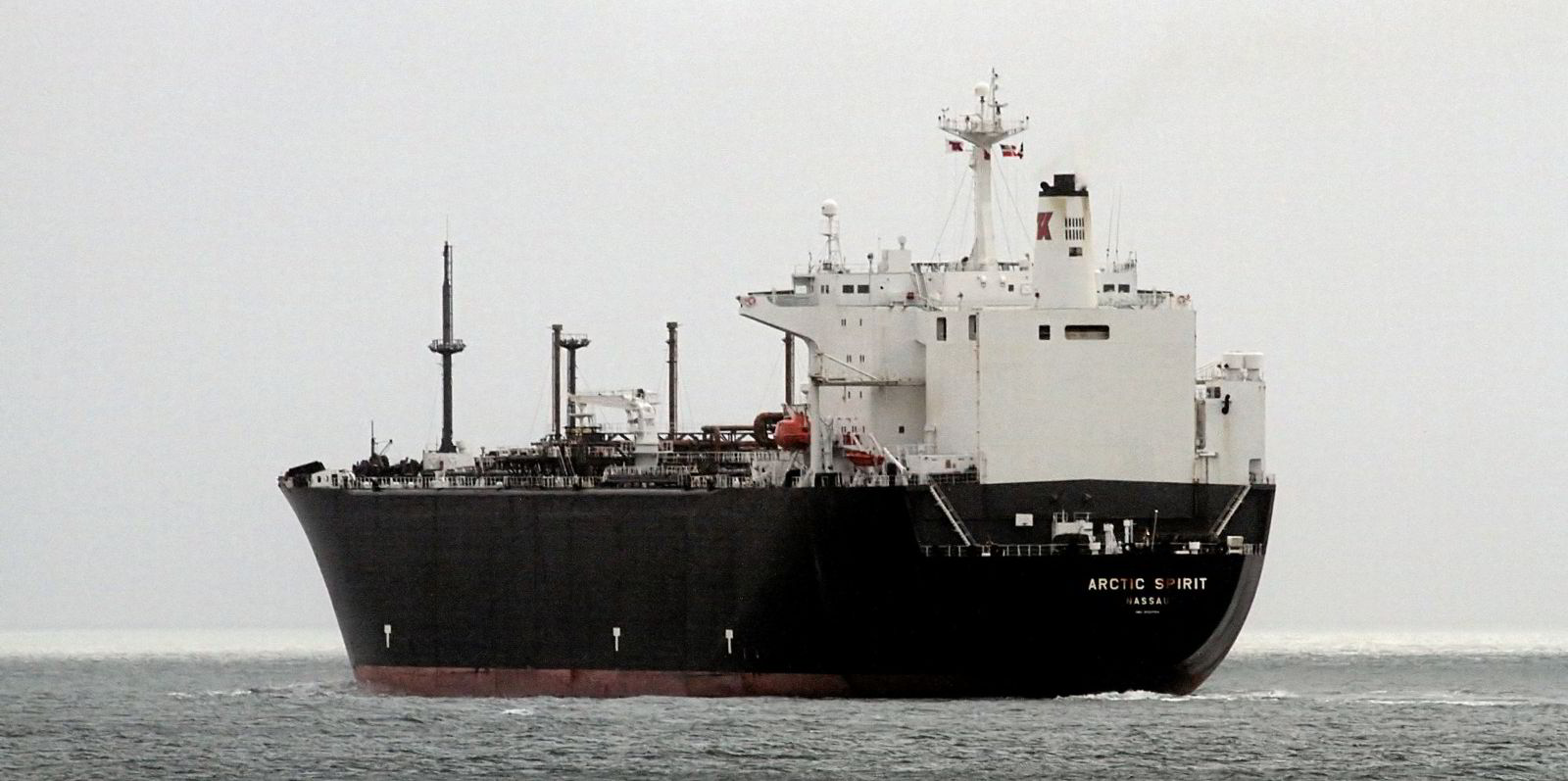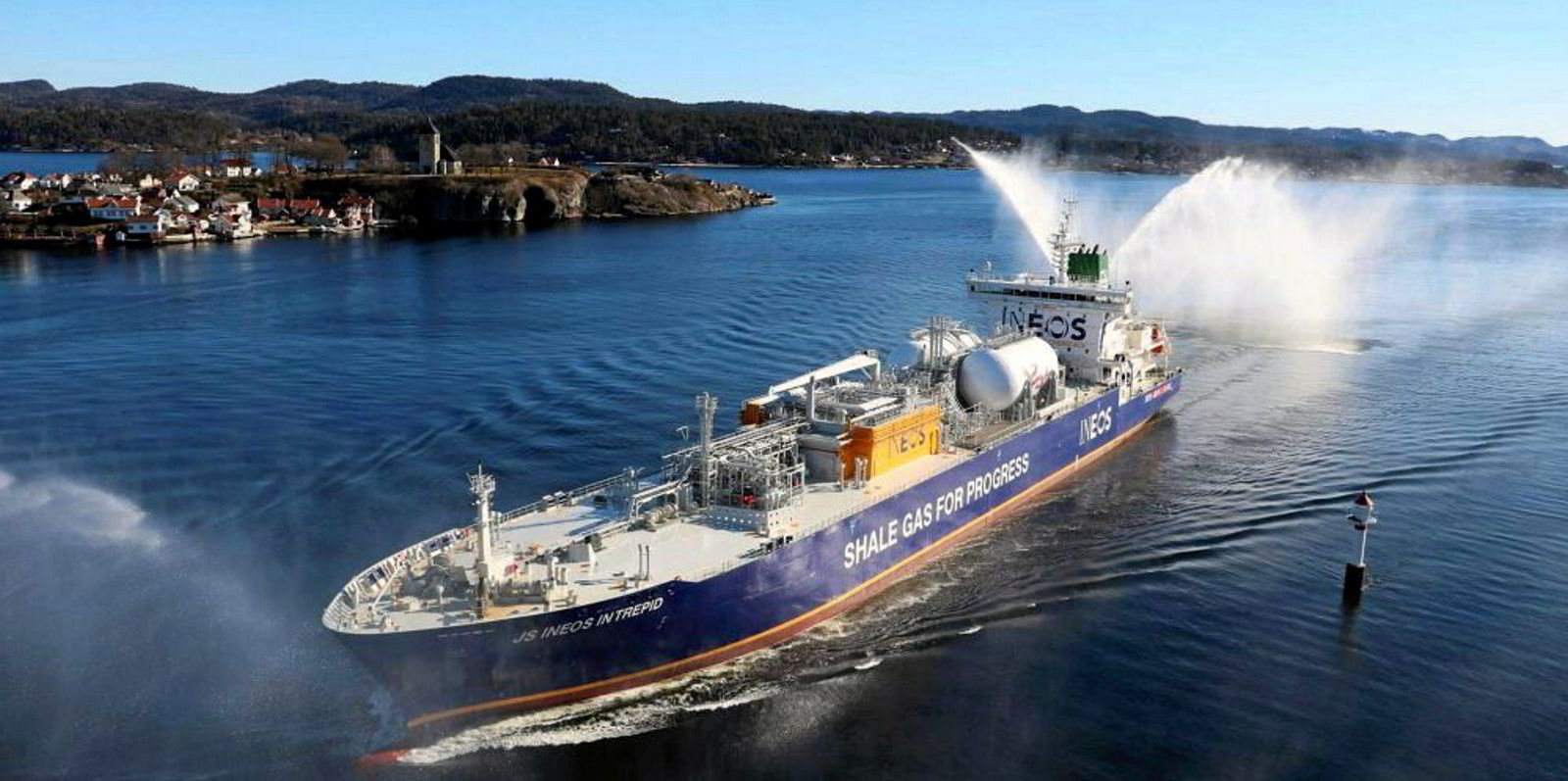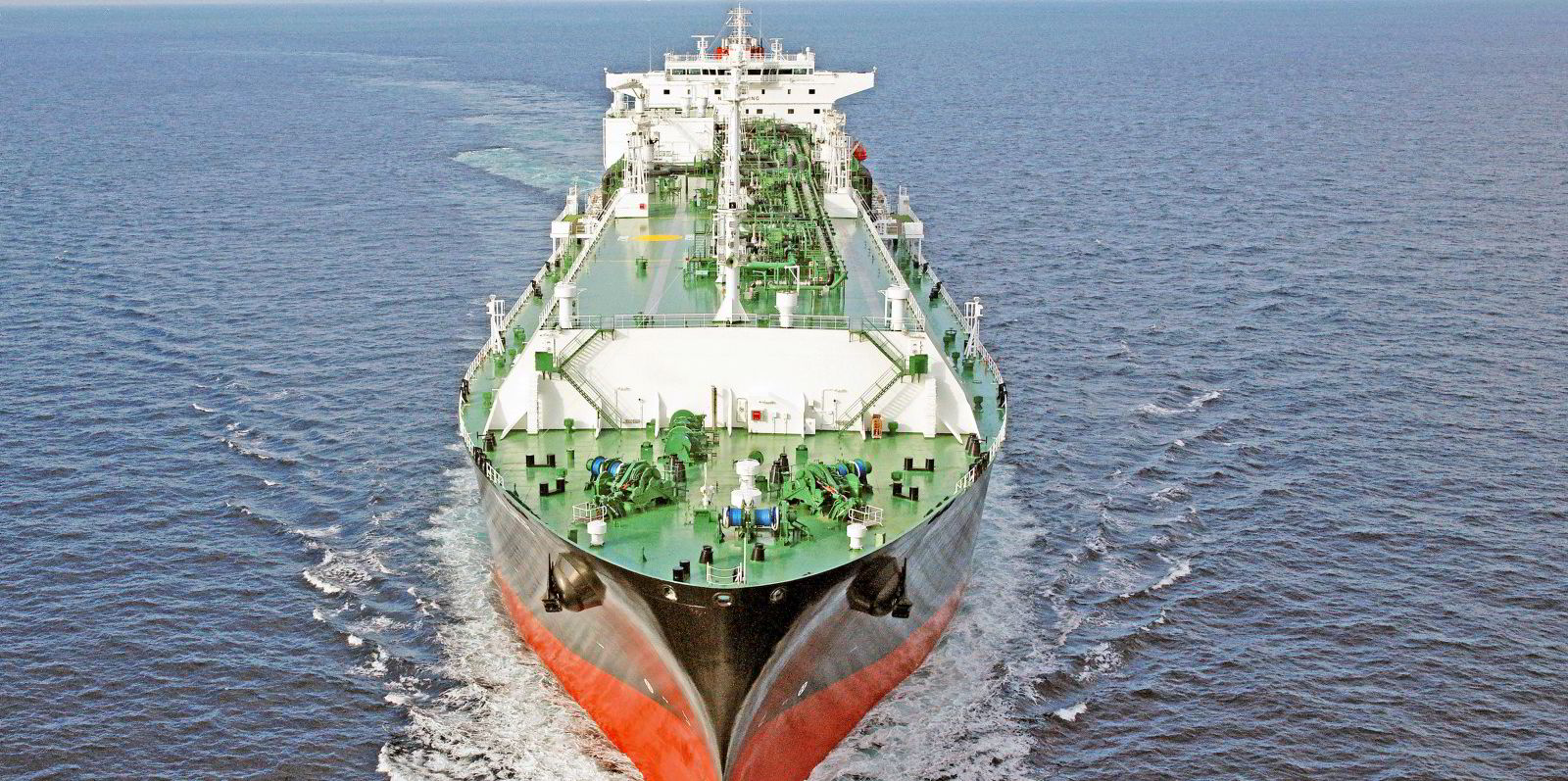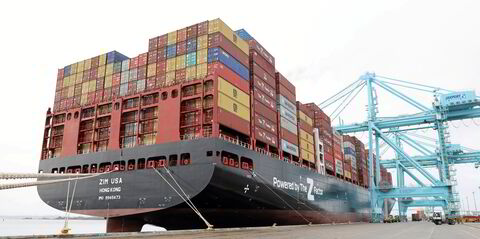Gas shipowner Seapeak opted to scrap a 30-year-old steam turbine LNG carrier after it became uncompetitive in the charter market.
In its ESG Report 2022 Seapeak, which was bought as Teekay LNG by Stonepeak in early 2022, spoke about its decision to send its 89,880-cbm LNG carrier Seapeak Arctic (built 1993) for green recycling.
The company said this was due to the vessel’s older age, steam turbine propulsion system, and its smaller size, which left it “less efficient than newer LNG carriers and its competitiveness on the LNG charter market limited”.
The company followed the Hong Kong Convention in scrapping the vessel, selling the ship, then renamed Artica, to cash buyer Best Oasis for $15m, it said.
The ship is currently in the process of recycling at the Priya Blue industries shipyards in Alang, Gujarat, India.
“In 2023, we will monitor the recycling of the vessel until its completion and have included stop work provisions in the sales contract if any non-compliances occur,” Seapeak said.
Seapeak detailed that the CO2 emissions from its 39 technically managed vessels fell by over 10% to 3.2m tonnes from 3.6m tonnes in 2021.
The company said this was due to the docking schedules for several of its vessels and the Seapeak Arctic going into lay-up from July.
The Annual Efficiency Ratio (AER) of Seapeak’s LNG carriers improved by 2.7% to 10.61 for its Q-Flex ships of over 200,000-cbm from 10.9 in 2021.
The AER for its LNG carriers below this size showed a 5.7% improvement to 9.13 from 9.68 in 2021.
“In 2022, our fleetwide EEOI [Energy Efficiency Operational Indicator] reduced by 3.6%, with a total reduction of 26% since the baseline year of 2008, putting Seapeak back on track with our targeted pathway to achieve our 2030 emissions intensity target,” the company said. The EEOI target for 2030 is 19.34.
Seapeak said carbon capture technology has been installed on its LNG carrier, the 165,500-cbm Seapeak Arwa (built 2008).
The CO2 will be compressed, dried, and liquefied onboard. The company anticipates seeing the results of the project this year.
Among its targets for this year, Seapeak detailed that it plans to install emissions monitoring equipment onboard a pilot vessel and work with a charterer to test carbon capture technology onboard a Seapeak vessel.
In 2022 Seapeak bought 16-vessel Danish gas shipping company Evergas in a $700m deal. The
For 2022, Seapeak separated the data for Evergas’ fleet. Its LNG carriers saw an improvement in their AER to 10.9 from 11.4 in 2021 while EOI dropped slightly to 30.1 in 2022 from 30.6 a year earlier. The EEOI target for 2030 for this fleet is 19.34.
In the report president and chief executive Mark Kremin said Seapeak’s core business will be focused on its LNG fleet. But he added that with the addition of the Evergas fleet, the company sees potential for growth in the shipment of other liquefied gases like ethane.
Kremin said the company “must be realistic yet ambitious” in its environmental goals but flagged up what he described as LNG’s “vast advantage” over coal.
He detailed that in 2022 Seapeak discharged 60m cbm of LNG which if taken together would produce around 70m tonnes of CO2.
Kremin said that if this same energy production had been produced from coal, it would have contributed over 90 million metric tons of CO2 for the same energy production equivalent to approximately 9 million roundtrip flights between Vancouver, Canada and its Glasgow HQ.
Seapeak’s fleet comprises 47 LNG carriers, 33 LPG ships and 10 multi-gas vessels. The company also owns a 30% stake in Bahrain’s LNG import terminal.
